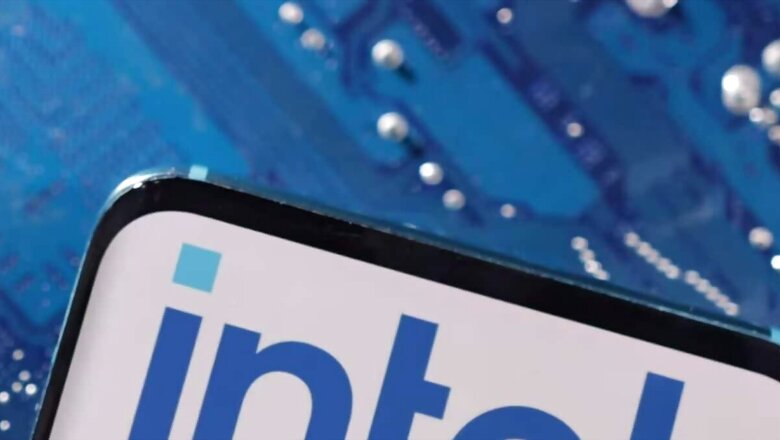
views
Intel Corp.’s CEO Pat Gelsinger is set for an organisational overhaul that will be proposed to the board this month as the semiconductor giant attempts to reignite its drooping core chip business. Originally a market leader in microprocessors, Intel has gradually lost ground to rivals including Nvidia Corp in the emergent new field of artificial intelligence and to Advanced Micro Devices Inc. in more traditional sectors like processors for personal computers and data centre servers.
As reported by Reuters, the major strategy in the restructuring plan is expected to entail severe reductions in cost such as sales of non-strategic business segments. They include the proposed divestiture of Intel’s programmable chip maker – Altera, which Intel cannot continue supporting from shrinking profits.
Sources close to the news outlet say that Gelsinger and other senior management officers are expected to unveil the plan during the mid-September board meeting.
The report also suggested that Intel may be pocketing its new foundry business which the company has begun with the aim of manufacturing semiconductors for other chip makers.
Bloomberg last week revealed that Intel’s stock rose more than 10% after the speculation of a sale, despite this foundry initiative was initially seen as the cornerstone of Gelsinger’s plan to turn around Intel. However, according to sources from Reuters, the foundry unit is also not mentioned in Gelsinger’s plan for now, but it may be still added before the final plan is presented to the company’s board.
Currently, the proposal does not contain any strategic moves that would entail its separation and selling its contract manufacturing division, also referred to as the foundry, to other manufacturers like Taiwan Semiconductor Manufacturing Co. Intel has already taken preliminary steps toward a potential sale of its foundry business by separating it from its main chip design division, Reuters added.
Since the first quarter of this year, the two units have been reporting financial results independently, a move that analysts believe was designed to reassure Intel’s design customers that their proprietary chip designs would remain confidential and not be shared with the foundry unit.
The restructuring plan comes as Intel navigates one of the most challenging periods in its history, struggling to keep pace with Nvidia, which has emerged as the leading AI chipmaker with a market capitalisation of $30 billion as of August 28. This translates to a 15% increase from the previous quarter and a 122% increase year on year basis.
As per the company’s official release, NVIDIA paid out $15.4 billion in cash dividends and share repurchases to shareholders in the first half of fiscal 2025. By the end of the second quarter, the company had reportedly $7.5 billion that it has under its share repurchase authorisation. On 26 August, the Board of Directors resolved to increase the limit by $50.0 billion for share repurchase authorisation with no expiration.
By contrast, Intel’s market value has plummeted to below $100 billion following a disappointing second-quarter earnings report in August. As part of the restructuring, PatGelsinger’s proposal is also reportedly to suggest a reduction in capital spending on factory expansion. This may include pausing or halting the construction of a $32 billion factory in Germany, a project that has already faced delays, according to Reuters.
While Intel has not yet solicited bids for its various business units, it is reportedly to do so once the board approves the restructuring plan. The company’s efforts to streamline its operations and refocus on its core strengths are seen as critical steps in its bid to regain a competitive edge in the rapidly evolving semiconductor industry.



















Comments
0 comment